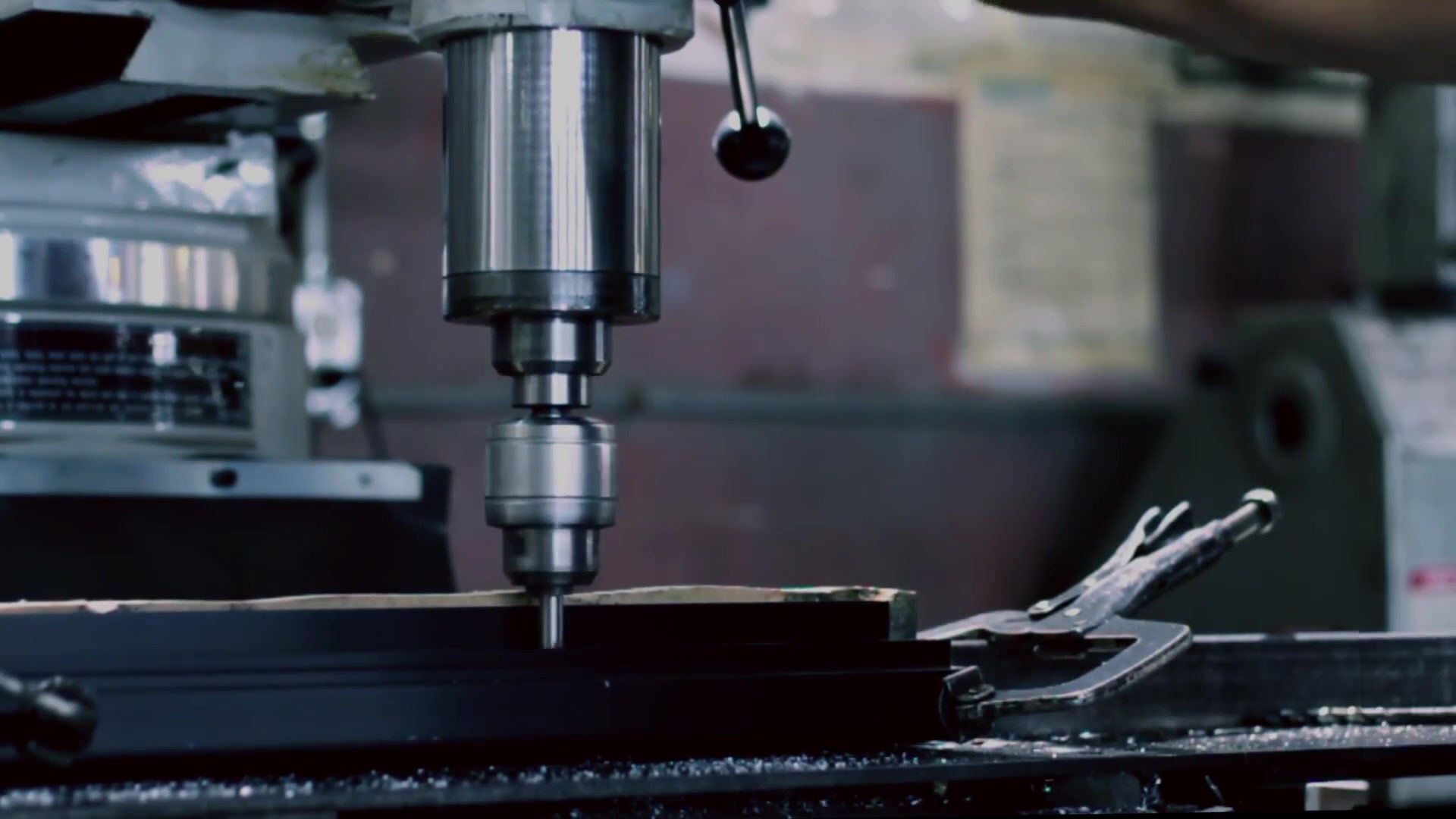


Global Custom Manufacturer, Integrator, Consolidator, Outsourcing Partner for a Wide Variety of Products & Services.
We are your one-stop source for manufacturing, fabrication, engineering, consolidation, integration, outsourcing of custom manufactured and off-shelf products & services. We also private label / white label your products with your brand name if you wish.
Choose your Language
-
Custom Manufacturing of Parts, Components, Assemblies, Finished Products, Machines and Industrial Equipment
-
Domestic & Global Contract Manufacturing
-
Manufacturing Outsourcing
-
Domestic, Global Procurement of Industrial Products
-
Private labeling / White Labeling your Products with your Brand Name
-
Product Finding & Locating Services
-
Global Design and Channel Partnership
-
Engineering Integration
-
Engineering Services
-
Global Consolidation, Warehousing, Logistics
CLUTCHES are a type of coupling that permit shafts to be connected or disconnected as desired.
A CLUTCH is a mechanical device that transmits power and motion from one component (the driving member) to another (the driven member) when engaged, but can be disengaged when desired.
Clutches are used whenever the transmission of power or motion needs to be controlled either in amount or over time (for example electric screwdrivers use clutches to limit how much torque is transmitted through; automobile clutches control transmitted engine power to the wheels).
In simplest applications, clutches are employed in devices which have two rotating shafts (drive shaft or line shaft). In these devices, one shaft is typically attached to a motor or other type of power unit (the driving member) while the other shaft (the driven member) provides output power for work to be done.
As an example, in a torque-controlled drill, one shaft is driven by a motor and the other drives a drill chuck. The clutch connects the two shafts so that they may be locked together and spin at the same speed (engaged), locked together but spinning at different speeds (slipping), or unlocked and spinning at different speeds (disengaged).
We offer the following types of clutches:
FRICTION CLUTCHES:
- Multiple plate clutch
- Wet & dry
- Centrifugal
- Cone clutch
- Torque limiter
BELT CLUTCH
DOG CLUTCH
HYDRAULIC CLUTCH
ELECTROMAGNETIC CLUTCH
OVERRUNING CLUTCH (FREEWHEEL)
WRAP-SPRING CLUTCH
Contact us for clutch assemblies to be used in your manufacturing line for motorcycles, automobiles, trucks, trailers, lawn movers, industrial machines...etc.
BRAKES:
A BRAKE is a mechanical device inhibiting motion.
Most commonly brakes use friction to convert kinetic energy into heat, though other methods of energy conversion may also be employed. Regenerative braking converts much of the energy to electrical energy, which may be stored in batteries for later use. Eddy current brakes use magnetic fields to convert kinetic energy into electric current in the brake disc, fin, or rail, which is subsequently converted into heat. Other methods of brake systems convert kinetic energy into potential energy in such stored forms as pressurized air or pressurized oil. There are braking methods that transform kinetic energy into different forms, such as transferring the energy to a rotating flywheel.
Generic Types of brakes we offer are:
FRICTIONAL BRAKE
PUMPING BRAKE
ELECTROMAGNETIC BRAKE
We have the capability to design and fabricate custom clutch and break systems tailored to your application.
- Download our catalog for Powder Clutches and Brakes and Tension Control System by CLICKING HERE
- Download our catalog for Non-Excited Brakes by CLICKING HERE
Click on the links below to download our catalog for:
- Air Disk and Air Shaft Brakes & Clutches and Safety Disc Spring Brakes - pages 1 to 35
- Air Disk and Air Shaft Brakes & Clutches and Safety Disc Spring Brakes - pages 36 to 71
- Air Disk and Air Shaft Brakes & Clutches and Safety Disc Spring Brakes - pages 72 to 86


















